IGR MEMS gravimetry team
Published: 15 February 2023
Since building our first rapid prototype in December 2020, the MEMS group has fielded multiple devices around the world, under different partnerships and collaborations.
Since building our first rapid prototype in December 2020, the MEMS group has fielded multiple devices around the world, under different partnerships and collaborations. Currently, there are 4 Wee-g systems on Mt. Etna, Italy, for the NEWTON-g gravity imager project, conducting long term measurements of gravity changes in the single largest concentration of Wee-g systems[1]. Additionally, one of our PhD students, Elizabeth Passey, has recently completed field work in Vancouver, Canada as part of a long-term attachment, with her work being presented at IAVECI 2023 in New Zealand.
Another collaboration, between Queen's University Belfast, Glasgow University, Kenyan Water Resources Authority, and Nelson Mandela University; saw the testing of the Wee-g for the potential application of cheaper water level detection methods in Sub-Saharan Africa. The trials took place at farmland boreholes, on July 2022 in Kenya, and on September 2022 in South Africa. Preliminary trials took place in farmlands in the Republic of Ireland, on October 2021 and on March 2022. Future trials are being planned to understand the success rate of this exciting application, comparing experimental results with theoretical, as aquifers differ in geographical areas, meaning that their gravity signature varies accordingly.
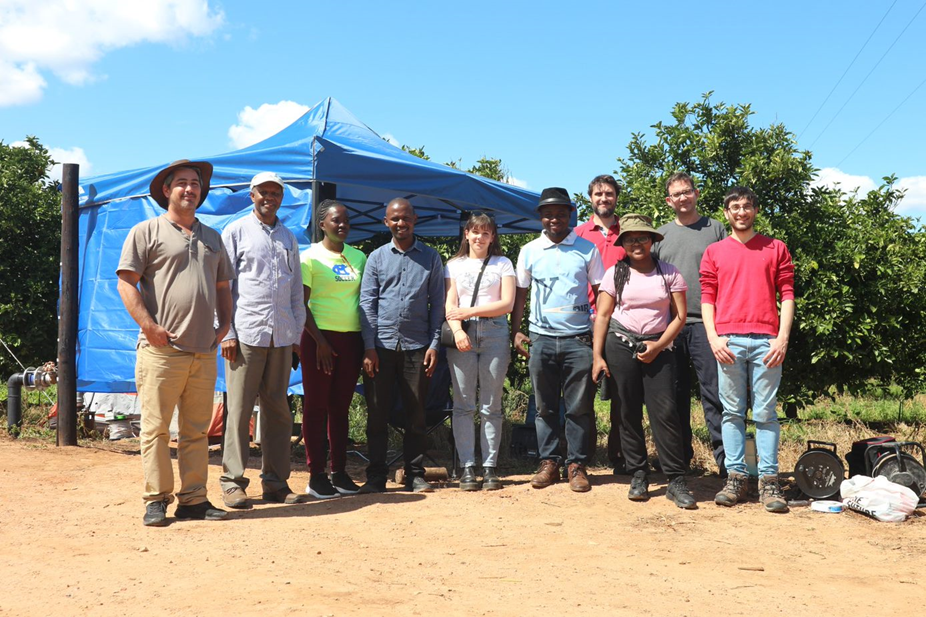
Multi-disciplinary team at a trial. Patensie, South Africa.
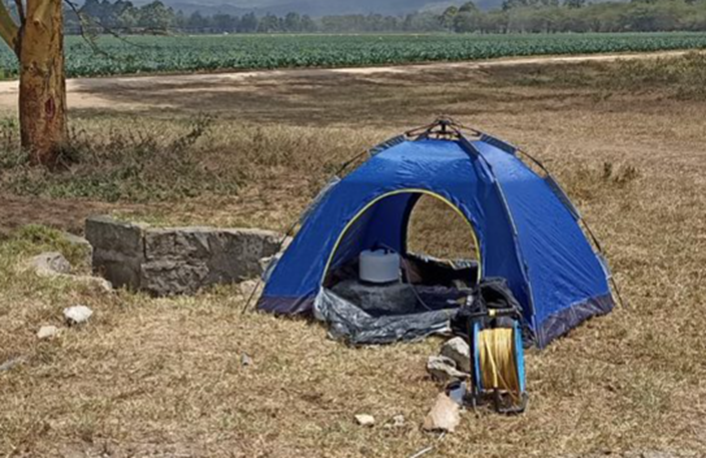
The Wee-g installed next to the well. Naivasha, Kenya.
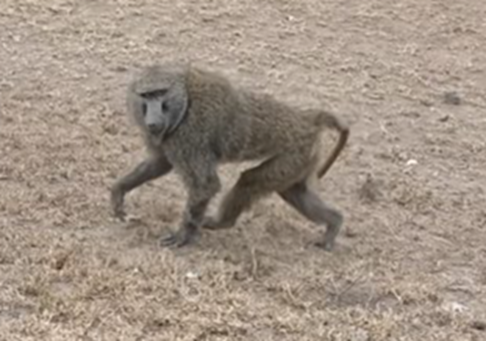
A troublemaker. Naivasha, Kenya.
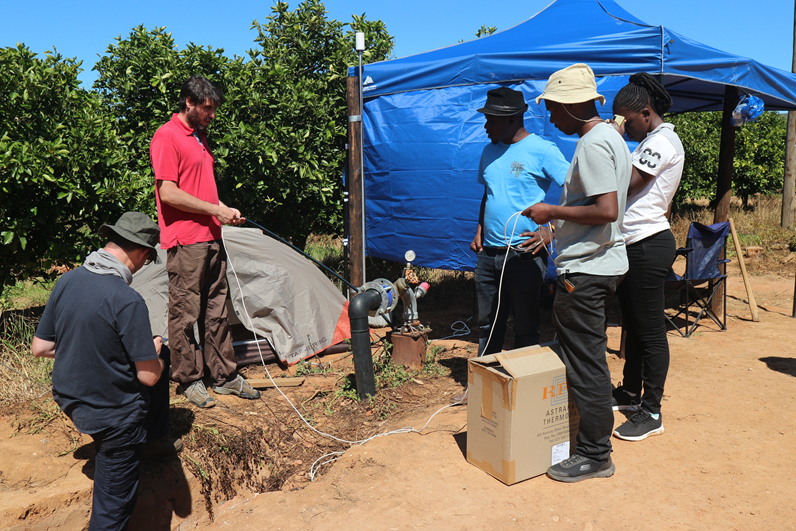
Taking deepmeter readings. Patensie, South Africa.
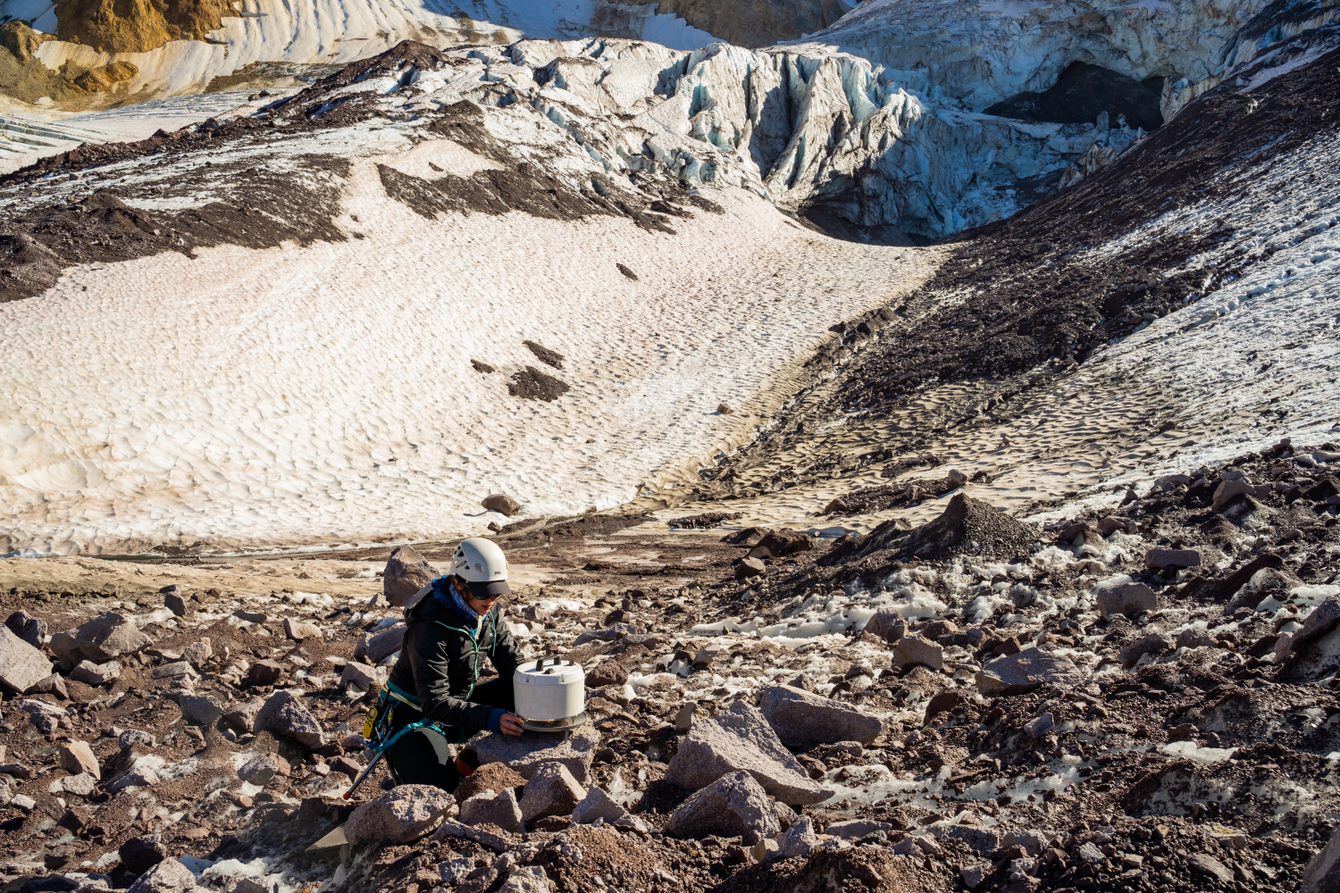
Mapping gravity on Mt. Meager, Canada.
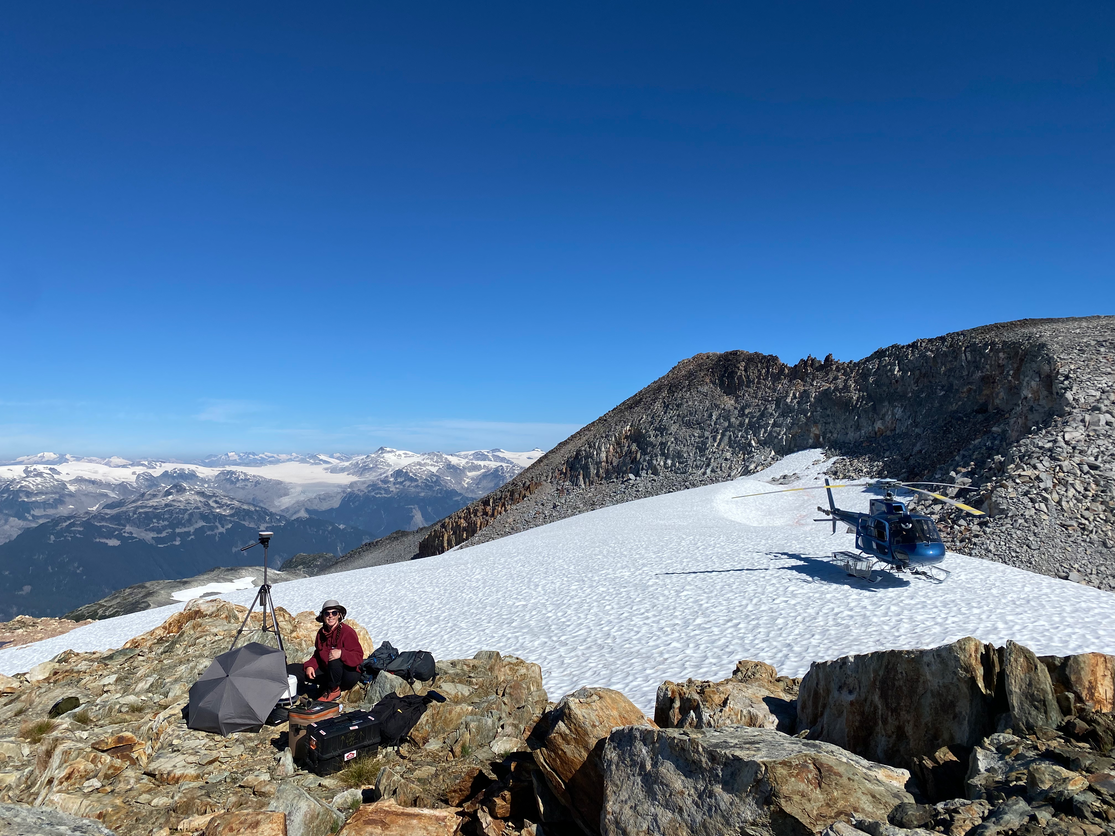
Setting up a Wee-g for a wireless measurement on Mt. Cayley, Canada.
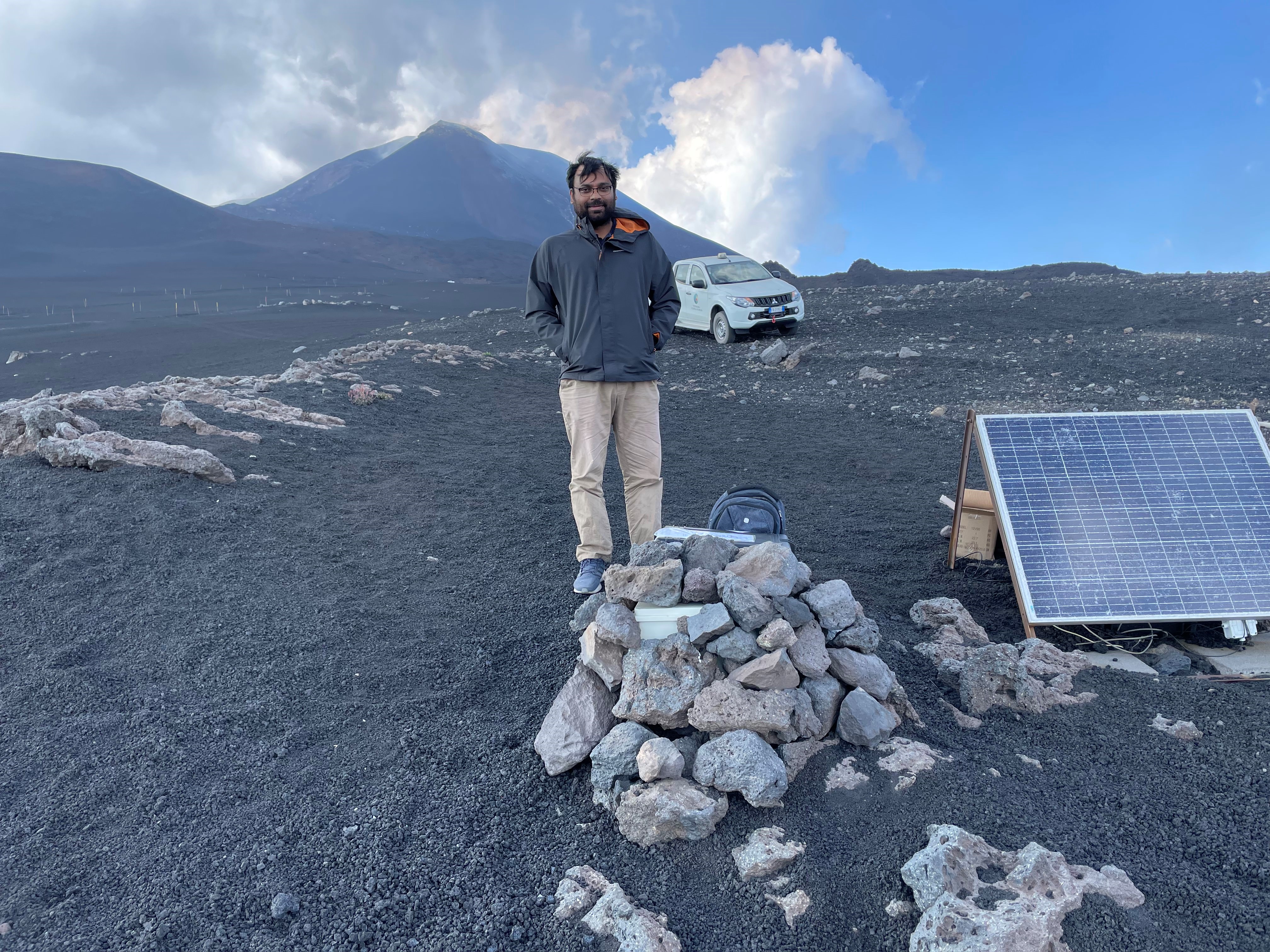
Installing a Wee-g on Mt. Etna, Italy.
First published: 15 February 2023
<< News

